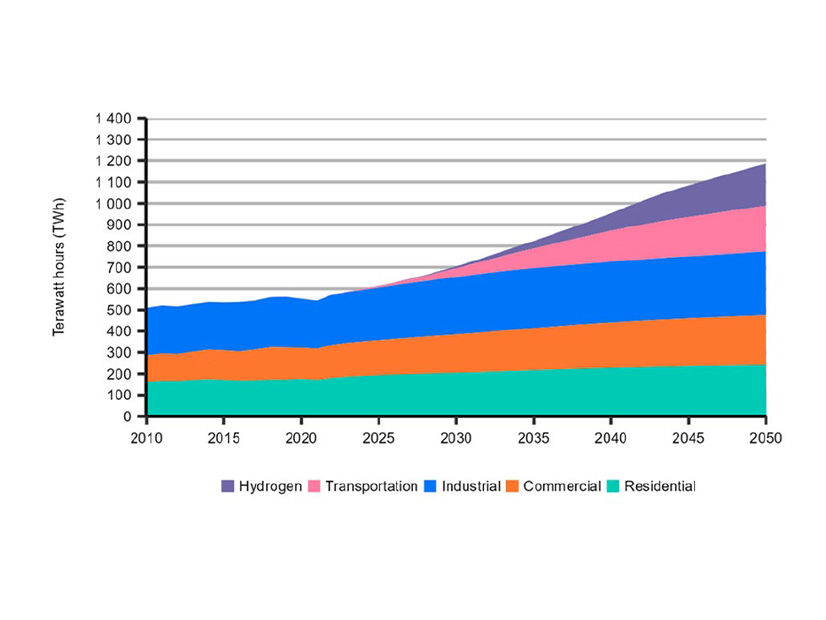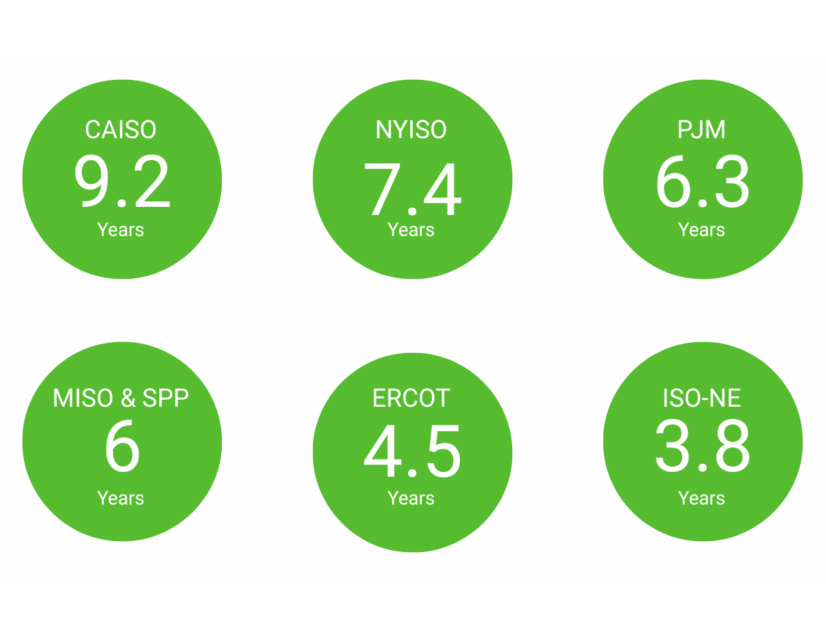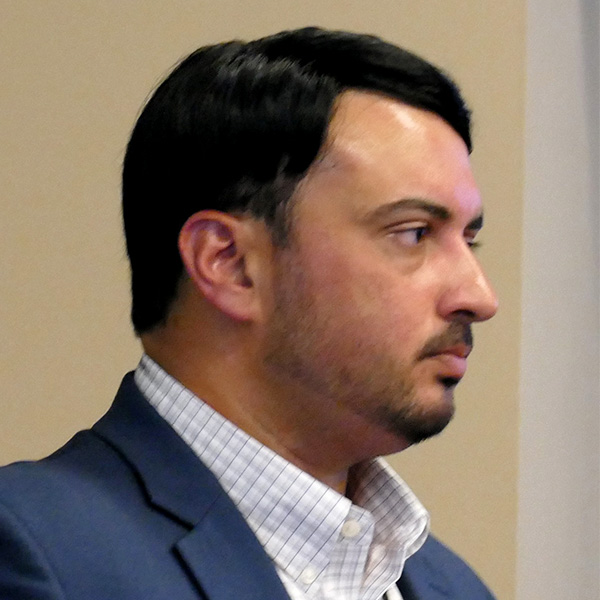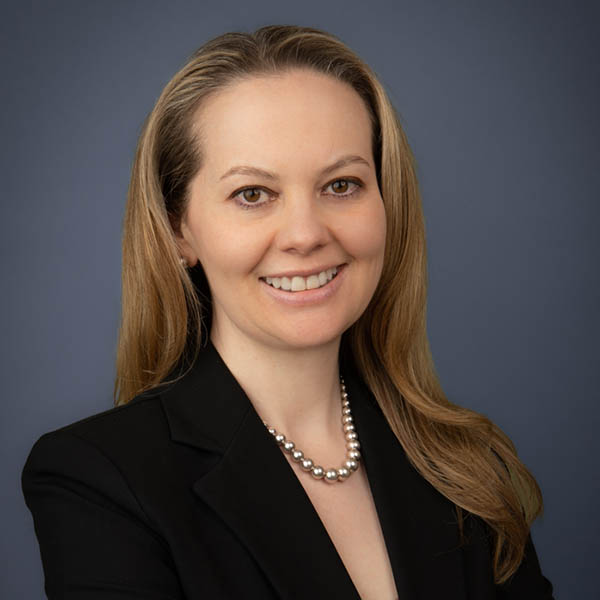Below is a summary of the agenda items scheduled to be brought to a vote at the PJM Markets and Reliability and Members committee meetings on July 23. Each item is listed by agenda number, description and projected time of discussion, followed by a summary of the issue and links to prior coverage in RTO Insider.
RTO Insider will be covering the discussions and votes. See next week’s newsletter for a full report.
Markets and Reliability Committee
Consent Agenda (8:35-8:40)
The committee will be asked to endorse a consent agenda that includes:
C. proposed revisions to Manual 10: Pre-Scheduling Operations, Manual 11: Energy & Ancillary Services Market Operations, Manual 14D: Generator Operational Requirements, Manual 21B: PJM Rules and Procedures for Determination of Generating Capability, Manual 27: Open Access Transmission Tariff Accounting and Manual 28: Operating Agreement Accounting to conform with the third phase of PJM’s market rules for hybrid resources. This phase aims to make clarifications to the rules developed in the earlier stages and further develop rules for non-inverter-based hybrids, such as gas and storage.
Issue Tracking: Hybrid Resources Enhancements (Hybrids Phase 3)
D. proposed revisions to Manual 14C: Generation & Transmission Interconnection Facility Construction, drafted through the document’s periodic review. The changes would add detail to the milestone requirements for generation interconnection agreements and interconnection service agreements.
E. proposed revisions to Manual 18: PJM Capacity Market to conform with several rule changes approved by FERC (ER25-682, ER25-785, ER24-2995 and ER25-1357). The package includes codifying how PJM will model the output of some resources operating on reliability-must-run agreements as capacity; maintaining a combustion turbine as the reference resource; establishing a uniform Capacity Performance penalty rate; removing a categorical exemption allowing intermittent, storage and hybrid resources to avoid submitting capacity offers; eliminating the energy efficiency addback; and instituting a capacity price floor and lowering the maximum price for the next two capacity auctions. (See FERC OKs Changes to PJM Capacity Market to Cushion Consumer Impacts.)
Endorsements (8:40-11:25)
2. Operating Reserves Clarification (8:40-9:05)
PJM’s Lisa Morelli will review a joint proposal from the RTO and Independent Market Monitor to rework how uplift credits and deviation charges are calculated in an effort to encourage resources to follow dispatch instructions. It includes the creation of a new tracking ramp-limited megawatt desired (TRLD) metric designed to follow how resources respond to instructions over time, rather than being limited to five-minute intervals. (See “Stakeholders Narrowly Endorse Uplift Changes,” PJM MIC Briefs: April 2, 2025.)
The committee will be asked to endorse the proposal and corresponding tariff and Operating Agreement revisions.
Issue Tracking: Operating Reserve Clarification for Resources Operating as Requested by PJM
3. Manual 14H: New Service Requests Cycle Process Revisions (9:05-9:30)
PJM’s Michelle Farhat will review revisions to Manual 14H: New Service Requests Cycle Process to conform with a FERC-approved settlement between the RTO and several developers seeking changes to the site-control requirements for new resources (ER25-1544, EL25-22). The RTO is also seeking to rework the site control needed for each project milestone to clarify when parcels can be added or removed. (See PJM Presents Settlement on Site Control Requirements.)
The committee will be asked to endorse the proposed manual revisions upon first read.
4. 2027/2028 Base Residual Auction, Installed Reserve Margin and Forecast Pool Requirement (9:30-9:55)
PJM’s Josh Bruno will present the RTO’s recommended forecast pool requirement and installed reserve margin. Both values would increase for the 2027/28 Base Residual Auction over the previous auction.
The committee will be asked to endorse the values upon first read. Same-day endorsement will be sought at the MC.
5. Sub-annual Capacity Market Issue Charge (9:55-10:20)
Jacob Finkel, with the office of Pennsylvania Gov. Josh Shapiro, will present a proposed problem statement and issue charge to explore implementing a sub-annual capacity market. (See Pennsylvania Brings Seasonal Capacity Issue Charge to PJM.)
The committee will be asked to approve the issue charge.
6. Dual-fuel Capacity Definitions (10:20-10:45)
Dominion Energy’s James Davis will review a proposed problem statement, issue charge and proposal to revise the definition of dual-fuel capacity contained in the Reliability Assurance Agreement (RAA) to include dedicated fuel sources that are not strictly “on-site.” (See “Dominion Presents Proposal to Change Dual-fuel Definition,” PJM MRC/MC Briefs: June 18, 2025.)
The committee will be asked to approve the issue charge and endorse the proposed solution and corresponding RAA revisions. The proposal is being advanced under the quick-fix process, which allows an issue charge to be voted on concurrently with a proposed solution.
7. Storage Integration (Phase II): Transmission Asset Utilization in Operations (10:45-11:25)
A. PJM will review a proposed problem statement and issue charge exploring how storage as a transmission asset (SATA) could be operationally implemented.
B. Juliet Anderson of Constellation Energy will present an alternative issue charge that includes more consideration of the potential market impacts of SATA.
C. Alex Stern of Exelon will present an alternative issue charge to consider both market impacts and the use cases SATA could address.
The committee will be asked to approve one of the issue charges. (See “Stakeholders Bring Alternative SATA Issue Charges, Endorsement Delayed,” PJM MRC/MC Briefs: June 18, 2025.)
Members Committee
Consent Agenda (3:05-3:10)
The committee will be asked to endorse a consent agenda that includes:
B. proposed revisions to PJM’s tariff, RAA and OA as endorsed by the Governing Documents Enhancements and Clarifications Subcommittee. The changes include removing outdated references and codifying the second phase of PJM’s rules for hybrid resources.
Endorsements (3:10-3:40)
1. Nominating Committee Elections (3:10-3:20)
PJM’s Michele Greening will present the sector nominees for the 2025-2026 Nominating Committee. The proposed candidates are:
-
- Generation Owner: Josh Ghosh, Constellation
- Transmission Owner: Alex Stern, Exelon
- Electric Distributor: Kevin Zemanek, Buckeye Power
- Other Supplier: Noha Sidhom, Viribus Fund
- End Use Customer: Susan Bruce, PJM Industrial Customer Coalition
The committee will be asked to elect the sector representatives upon first read.
2. 2027/2028 Base Residual Auction, Installed Reserve Margin and Forecast Pool Requirement (3:20-3:40)
Bruno will review the recommended IRM and FPR values for the 2027/28 BRA.
The committee will be asked to endorse the values on first read.



